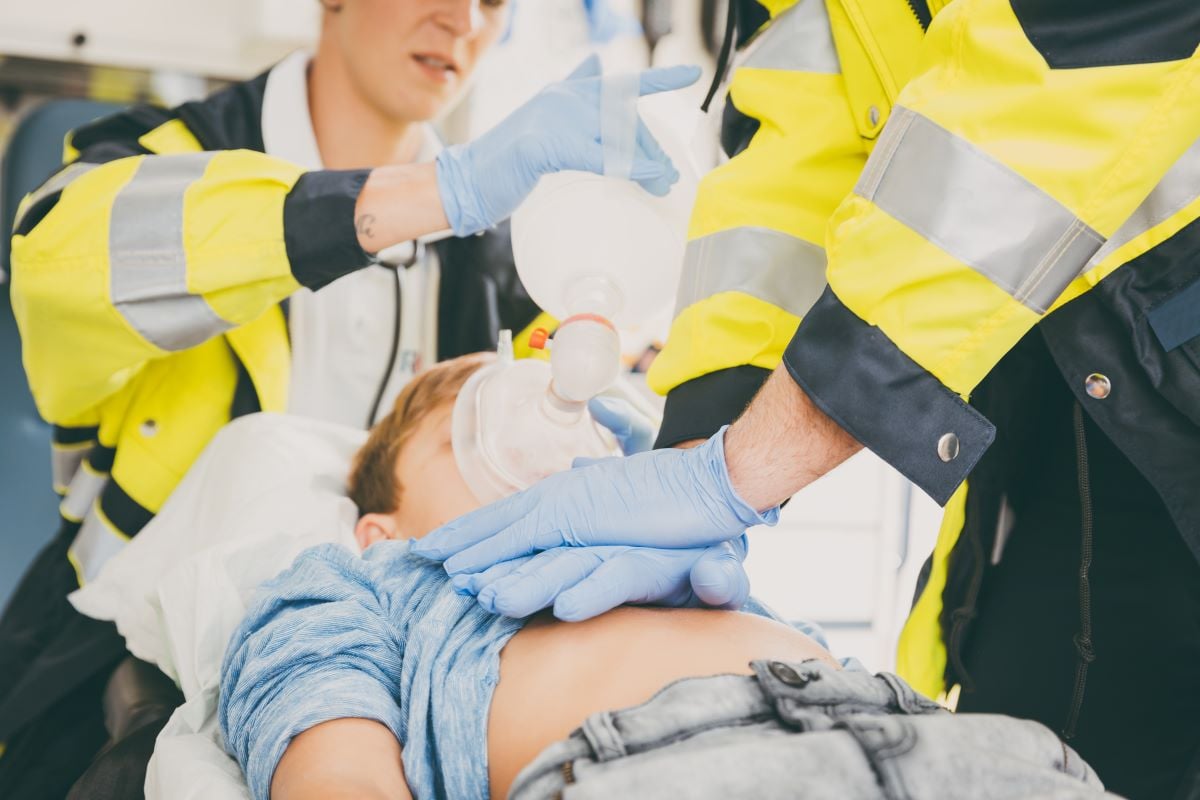Decreasing trends in performance of bystander CPR, AED use, ROSC seen with minority status, poverty levels
By Elana Gotkine HealthDay Reporter
WEDNESDAY, Dec. 18, 2024 (HealthDay News) — Community-level social determinants of health (SDOH) are associated with less use of bystander cardiopulmonary resuscitation (CPR), automated external defibrillator (AED) use, and return of spontaneous circulation (ROSC) in pediatric out-of-hospital cardiac arrest (POHCA), according to a study published in the December issue of Resuscitation Plus.
Mary E. Bernardin, M.D., from the University of Missouri School of Medicine in Columbia, and colleagues explored the effect of SDOH on POHCA from 2021 to 2023 using data from the National Emergency Medical Services Information System. Outcomes included bystander CPR performance, use of AED, and ROSC.
Data were included for 27,137 POHCAs. The researchers found that in communities with lower levels of minority races/ethnicities, the odds of CPR performance and obtainment of ROSC were significantly higher. Compared with the poorest communities, in the wealthiest communities, the odds of bystander CPR, AED usage, and obtainment of ROSC all increased significantly. Communities with the highest educational attainment had significantly higher odds of bystander AED usage and ROSC. There was a significant decreasing trend seen in performance of bystander CPR, AED usage, and obtainment of ROSC as minority status and poverty level of the community increased and educational attainment decreased.
“Better understanding of the impact of SDOH on POHCA outcomes offers the opportunity to implement public health interventions that can address health disparities and save countless lives,” the authors write.
Copyright © 2024 HealthDay. All rights reserved.








